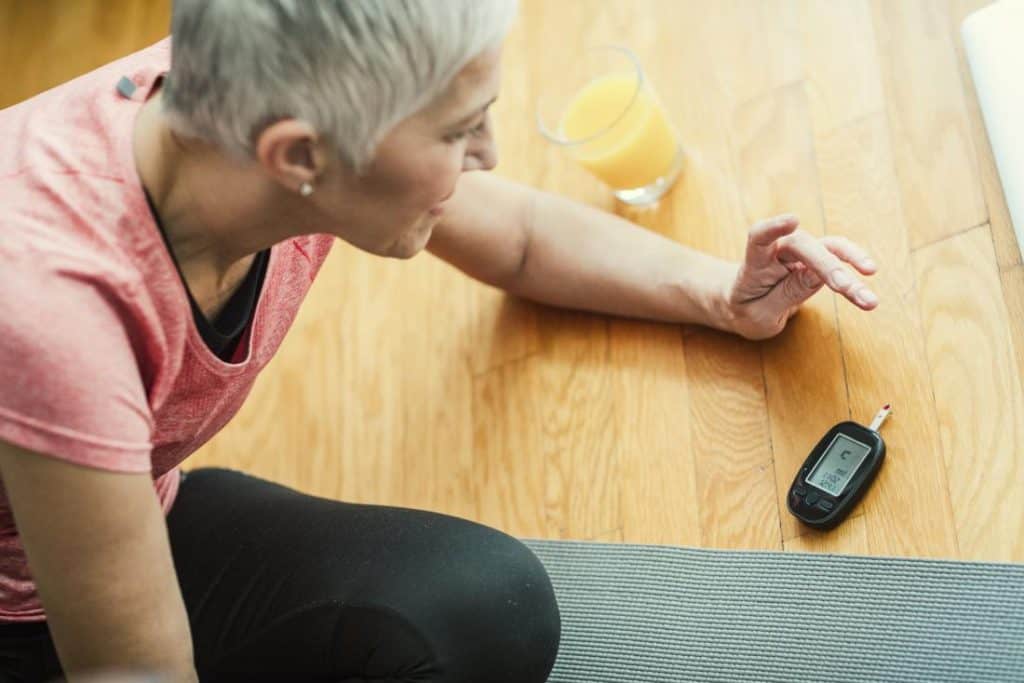Are you one of the many people who suffer from pre-diabetes or high blood sugar levels, but are intimidated by the excess of medication? Do not worry! There are ways to deal with these levels in a natural way. Many doctors even suggest trying natural methods before writing prescriptions. Let’s look at some ways you can control your blood glucose levels naturally before you start taking pills:
How to Manage Your Blood Glucose Levels Without Medication
1. Amla
You’re probably asking, “What’s amla?” The answer goes back to ancient India when amla was first used as Ayurvedic healing food. They are also known as gooseberries and are found in both the Middle East and India. Today, amla is used to relieve heartburn, high cholesterol, abnormal blood fat levels, nausea, cancer and to lower high blood sugar levels.
Research has shown that oxidative stress is the fundamental cause of diseases such as diabetes. The antioxidants in amla reverse the harmful effects of oxidation and help you manage diabetes. According to the University of Maryland Medical Center, this traditional medicine is an effective way to prevent pancreatitis. To take advantage of the benefits of amla, try using its powdered form as tea.

2. Exercise
Exercise has been shown to lower blood glucose levels because active exercise causes muscles to consume more glucose. Over a period of time, this adds up to lower blood glucose levels. Try walking, swimming, and playing outdoors with your family to lower your blood glucose levels. Exercise does not necessarily have to be intensive. This allows the insulin in your body to work more efficiently. In the long run, it will lower your A1C level.
3. Sleep
According to David Spero, BSN, RN, lack of sleep can increase blood sugar levels, and insulin resistance. Sleep gives the body time to repair. It is also a fact that sleep deprivation increases cortisol levels in combination with stress. This can cause you to eat more and possibly gain weight.
4. Decrease Your Carb Intake
A reduction in carbohydrate intake has the potential to reduce the risk of diabetes. A higher intake of some starches, which contain more fiber, has been shown to reduce the risk of diabetes.
It has been shown that a high-fiber diet treats type 1 diabetes by improving blood sugar levels. By now you probably know that it is important to choose foods with a low glycemic index. Some foods with a low glycemic index are, among others:
- sweet potatoes
- seafood
- meat
- eggs
5. Increase Your Water Intake
By consuming an appropriate amount of water, more glucose can be flushed from the blood.
With these suggestions in mind, it is important to consult with your doctor to find out what is right for you. Making these lifestyle changes can help significantly reduce your blood glucose levels without the need for medication.





